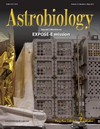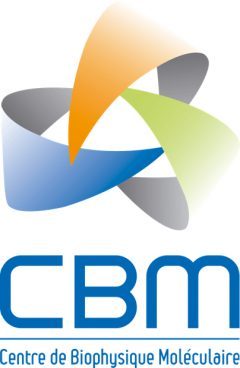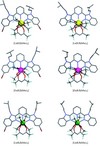
L’astrochimie étudiée dans son laboratoire naturel : l’espace
L’objectif du projet était d’étudier la nature et l’évolution de la matière organique dans les conditions de l’espace afin de comprendre leurs implications dans l’évolution vers le vivant.
De retour au Centre de Biophysique Moléculaire, les échantillons ont été analysés et les évolutions subies par les molécules exposées ont été identifiées et quantifiées par GC-MS (chromatographie gazeuse couplée à un spectromètre de masse). Cette expérience, a permis de vérifier que le rayonnement ultraviolet était la principale cause de détériorations des composés dans l’espace. Associée à d’autres irradiations effectuées en laboratoires, cette expérience a aussi permis de mieux connaitre les interactions entre les molécules organiques et la matière minérale. En effet, cette dernière peut, en fonction du rayonnement ultraviolet absorbé, protéger les composés de manière importante ou non.
Ainsi, les composés voyageant au sein des météorites, micrométéorites et comètes pourraient en quelque sorte subir une « sélection » durant leur voyage interplanétaire, favorisant sur Terre les molécules les plus résistantes aux conditions de l’espace.
Pour plus d’informations, voir le site de l’INSU
Contact : Marylène Bertrand
[Cottin, H., Noblet, A., Guan, Y.Y., Poch, O., Saiagh, K., Cloix, M., Macari, F., Jérome, M., Coll, P., Raulin, F., Stalport, F., Szopa, C., Bertrand, M., Chabin, A., Westall, F., Chaput, D., Demets, R., Brack, A.
The PROCESS experiment: an astrochemistry laboratory for solid and gaseous organic samples in low Earth orbit.
Astrobiology (2012) 12, 412-425.->doc739]
[Bertrand, M., Chabin, A., Brack, A., Cottin, H., Chaput, D., Westall, F.
The PROCESS Experiment: Exposure of amino acids in the EXPOSE-E experiment on the ISS and in laboratory simulations.
Astrobiology (2012) 12, 426-435. ->doc738]







